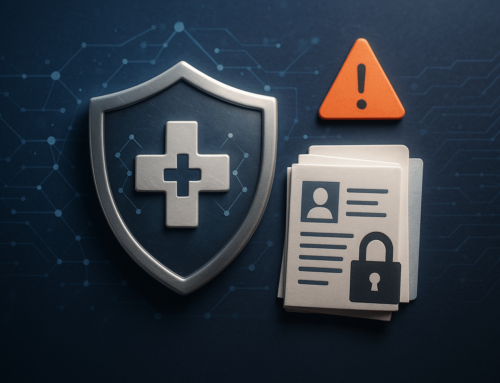
Bad incident management could mean total losses that reach $100,000 or more for general incidents, and it can often mean $20 billion in losses from actual medical errors. Poor incident reporting practices cost — and not just money. Multiple healthcare organizations could lose out on opportunities, and it could cause your processes to be less adaptable.
In addition to finance and loss of opportunity and flexibility, the barriers to incident reporting also span past legal ramifications. Behind the scenes, businesses are experiencing strain due to a lack of time for actual reporting; they may have no system for incident tracking or direction regarding follow-ups.
Understanding why clinical incident management policies and processes are important for navigating different incidents can help decrease the potential for legal issues, downtime, and unwanted fees and penalties.
What To Know When Navigating HIPAA Incidents
Health Insurance Portability and Accountability Act (HIPAA) regulations already require healthcare-based businesses to have a response plan while operational. Having an incident management policy will save your business a large sum in terms of finances, and it’s also a proactive measure. On average, when an organization develops and tests its response plan, it can save about $2 million.
These savings compare to organizations with a response plan to comply with HIPAA regulations but one they haven’t actually tested — the primary reason your incident management policy is vital in terms of HIPAA.
The role it plays is to save your organization from reputational harm, increase internal financial savings, and provide a well-formed approach to overall incident reduction.
Paying Close Attention to Your OSHA Incident Management
Your incident management policy is meant to be seen as your form of triage to incidents that occur. Not only will a well-structured incident tracking and reporting system help your organization remain in compliance with Occupational Safety and Health Administration (OSHA) regulations, but it will also help you reach resolutions more quickly. Additionally, you will have peace of mind knowing that your policy, when hosted through the right software, will:
- Decrease potential downtimes
- Give you access to more accurate and real-time data
- Provide your organization with enhanced visibility of incidents
- Mitigate detrimental impacts on your business
- Make communication more streamlined for your compliance team
The primary benefit of having the right clinical incident management policy and an efficient way to access and maintain it is the assurance of better OSHA record-keeping. For many compliance officers, though, it’s not only about the documentation tracking — it’s about the overall savings. On the highest end, OSHA violations can easily range from $14,502 to $15,625 per violation — reason enough to prioritize your policy management practices.
Prioritizing Incident Tracking, Reporting, and Logging of FWA and Cybersecurity Incidents
Rules and regulations related to fraud, waste, and abuse across the healthcare industry can become complex. Every year, healthcare fraud causes the misuse of billions of dollars, and while this isn’t always something you can directly control, you can be proactive about it. The first step is to have an efficient way to manage your policies and monitor them in real time.
Healthcare transactions alone often present a high level of complexity involving multiple stakeholders, reimbursement models, and coding systems. With the already heightened difficulty of healthcare finances and documentation processing, it can be easy for small things to go unnoticed.
Whether from billing errors or improper unbundling of services, any fraudulent practices could put your organization at risk of multiple preventable disadvantages, which is why policy management should be prioritized.
Visualizing Your Incident Management Policy Across Your Organization
It takes more than the right incident management policy to keep your business compliant with shifting regulations. The way to enhance your success with compliance changes is the way you host your policies. For many compliance officers, that means prioritizing the software they use. The goal is to increase efficiency, have better response times, and form resolutions that don’t result in kickbacks. Your cybersecurity incident management policy should be easy to visualize, keep you from missing post-reporting activities, and improve your compliance.
To level up the way you run your compliance department, streamline your incident management workflows today.









